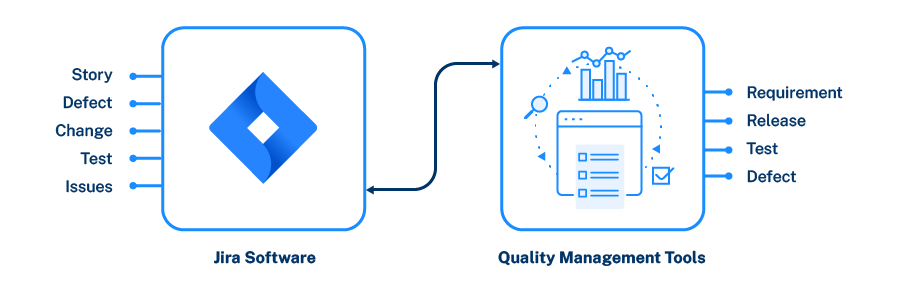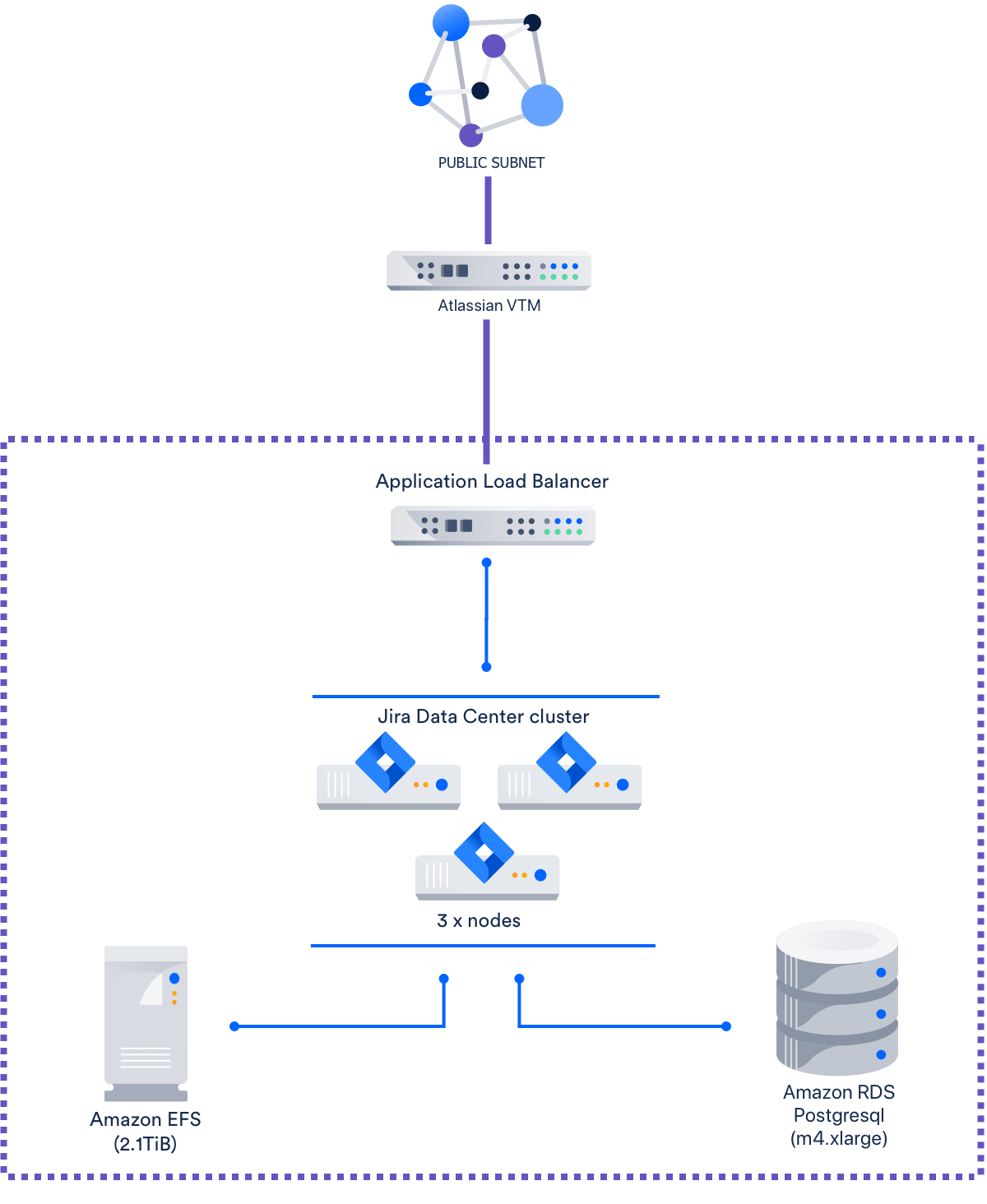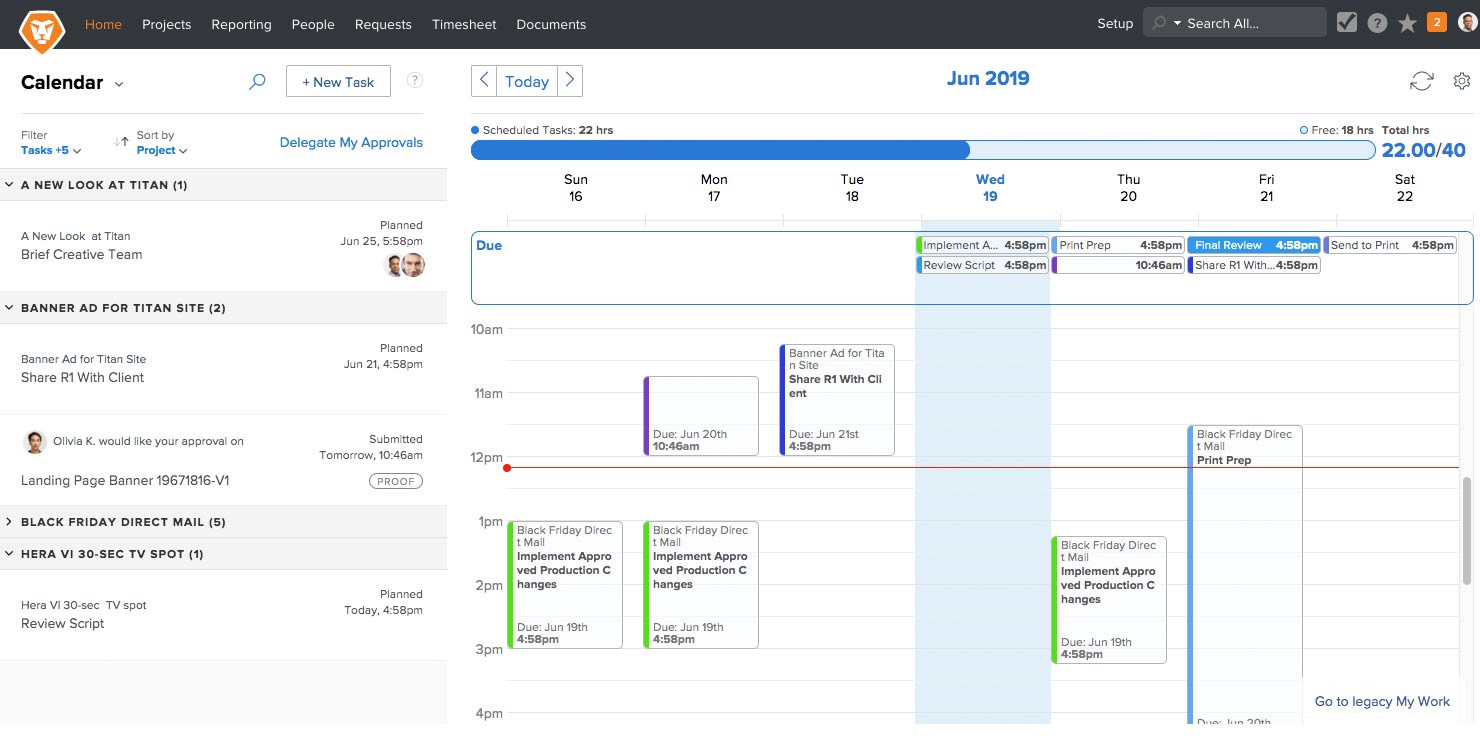
If you haven't built a plugin before, check out the Getting started guide. Every time you change your plugin code or resources, reload your plugin repeating step #6 above.

You should now be able to see your plugin in the Jira "Manage Add-ons" page as an installed plugin. This command will simply upload your plugin to UPM (and can considerably shorten your development flow).

On the page, click Upload add-on and choose the JAR file that the atlas-package command generated for you. You'll find the JAR file in the target directory of your project home after running atlas-package.

This command creates the plugin project files and skeleton code.

The basic development flow for building a Jira Service Management using the Atlassian SDK is:Ĭreate your plugin project as you would any other Jira plugin, for instance, by using the atlas-create-jira-plugin SDK command. Add-ons are used to extend the functionality of Jira Service Management, which could be an an integration with another existing service, new features for Jira Service Management, or even a new product that runs within Jira Service Management. If you want to build a plugin for Jira Service Management Server, you should use the Atlassian development platform, which includes the Plugins2 framework. Building plugins for Jira Service Management Server If you haven't used Jira Service Management before, check out the product overview for more information.


 0 kommentar(er)
0 kommentar(er)
